A Guide on Gasket Design: What You Need To Know
Gaskets are used as mechanical seals that fill the space between two mated components. Correctly designed gaskets prevent fluids and contaminants from leaking or spilling into sensitive areas of a machine. It is crucial to know how to design the most suitable gasket for each occasion as they play a critical role in fluid handling and processing operations. Therefore, professionals who design gaskets in Singapore always follow strict guidelines.
What to consider when designing gaskets
As the wrong installations can cause leaks, damages, and issues in the system, it is always important to be concerned about several factors when designing gaskets.
The construction material, its density, hardness, and elasticity, the shape, cross-section, and thickness are some of such aspects that you need to consider when getting your gaskets done. You can easily choose a reliable designer for a gasket in Singapore, according to your needs.
Five Factors in Gasket Designing
1. The size of the gap
To form a long-lasting seal, a gasket needs a bulb that is large enough to fill the gap. To determine the size of the bulb, the following calculation can be done.
Bulb Size = Average Jam Dimension + Compression Percentage
You can calculate the jam by using modeling clay and a caliper. Then apply a compression pressure to it. You may apply between 25% and 50% pressure, but not more than 50%. Over-compressing does not create a good gasket.
2. The shape of the profile
Profiles are made of rubber. They come in various shapes. The most common are D, P, E, and lip seals.
D- seal has a half-moon bulb that provides sealing under pressure and a flat section that attaches with an adhesive.
P- seal has a round bulb and a flat stem and it seals under compression. The stem is used to attach the gasket with fasteners.
E- seal has a half-moon bulb that supports compression, a gap slot to insert metal bar stock, and a tail.
The lip seal has an extended edge instead of a round bulb and it does not need full compression for effective sealing.
3. Hardness
Rubber compounds are found in a measure of hardness called ‘durometers’ that is expressed on the Shore A scale. Depending on the gasket application, you may need a slightly lower-durometer rubber.
Harder rubber provides high impact resistance but less elasticity whereas soft rubber provides more cushioning but is prone to compression set.
A compression set is a permanent deformity caused by high compression and it does not secure the sealing. It is important to compress the gasket to the right amount to seal perfectly and not damage the rubber.
4. Compound selection
Choosing the right type of rubber for sealing is called ‘compound selection’. You need to consider which materials can withstand the environment, what are their advantages and disadvantages and what are their material cost.
To choose the type of rubber, you need to consider the media, temperature, application, and pressure (MTAP) that it has to undergo.
When you select compounds, you always have to revise the advantages and disadvantages according to your needs.
5. Fastening method
Gaskets can be attached to plastic, metal, or glass surfaces. Screws and bolts are the most common fasteners in the mechanical field, however, plastic pins, liquid fasteners, and adhesive tapes are also used, depending on the purpose.
What more to consider when designing gaskets
Gasket design depends on the compound, hardness, and profile selection. Yet, professionals need to consider part tolerances for both extrusions and fabricated gaskets.

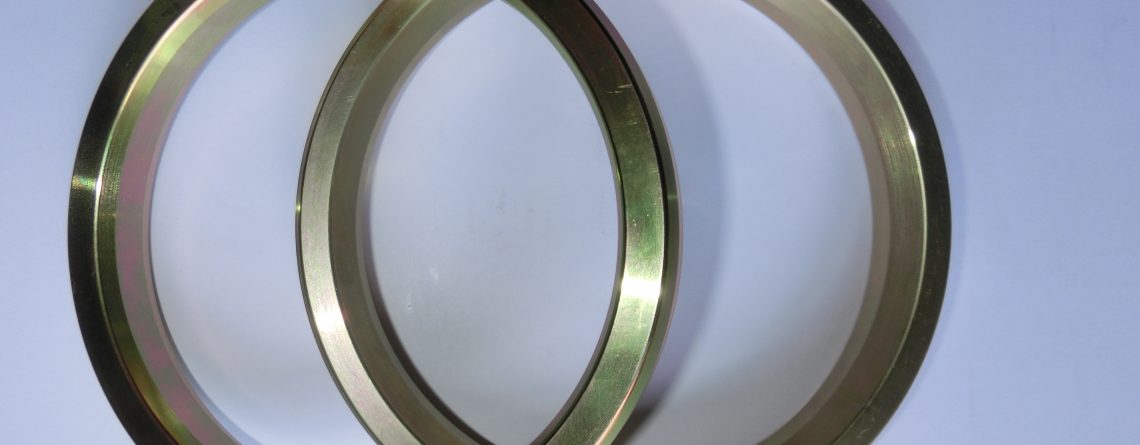
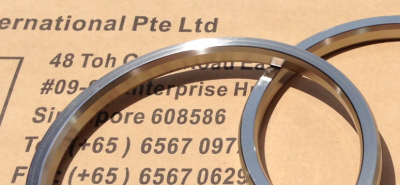

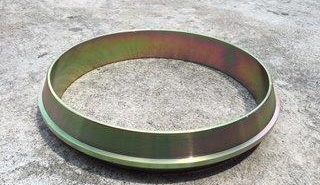
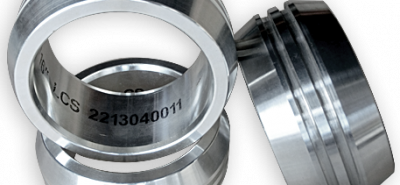
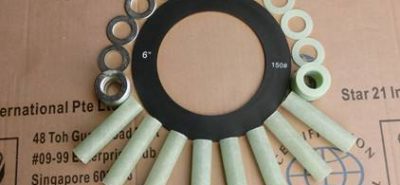

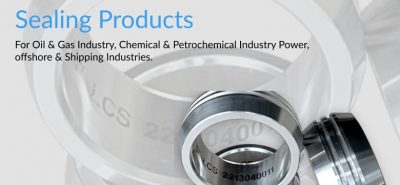
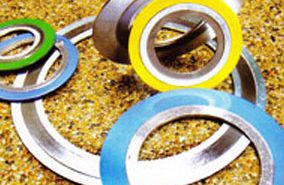
LEAVE A COMMENT